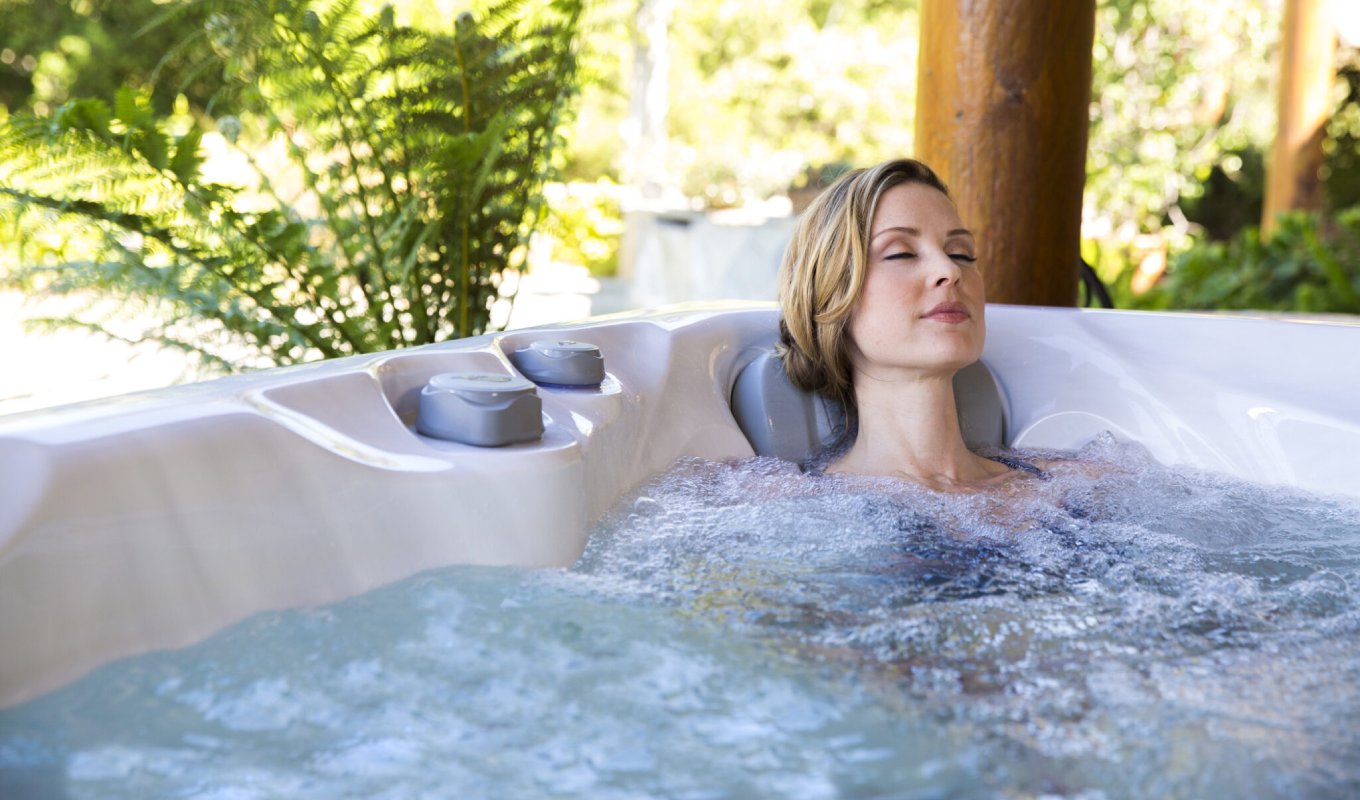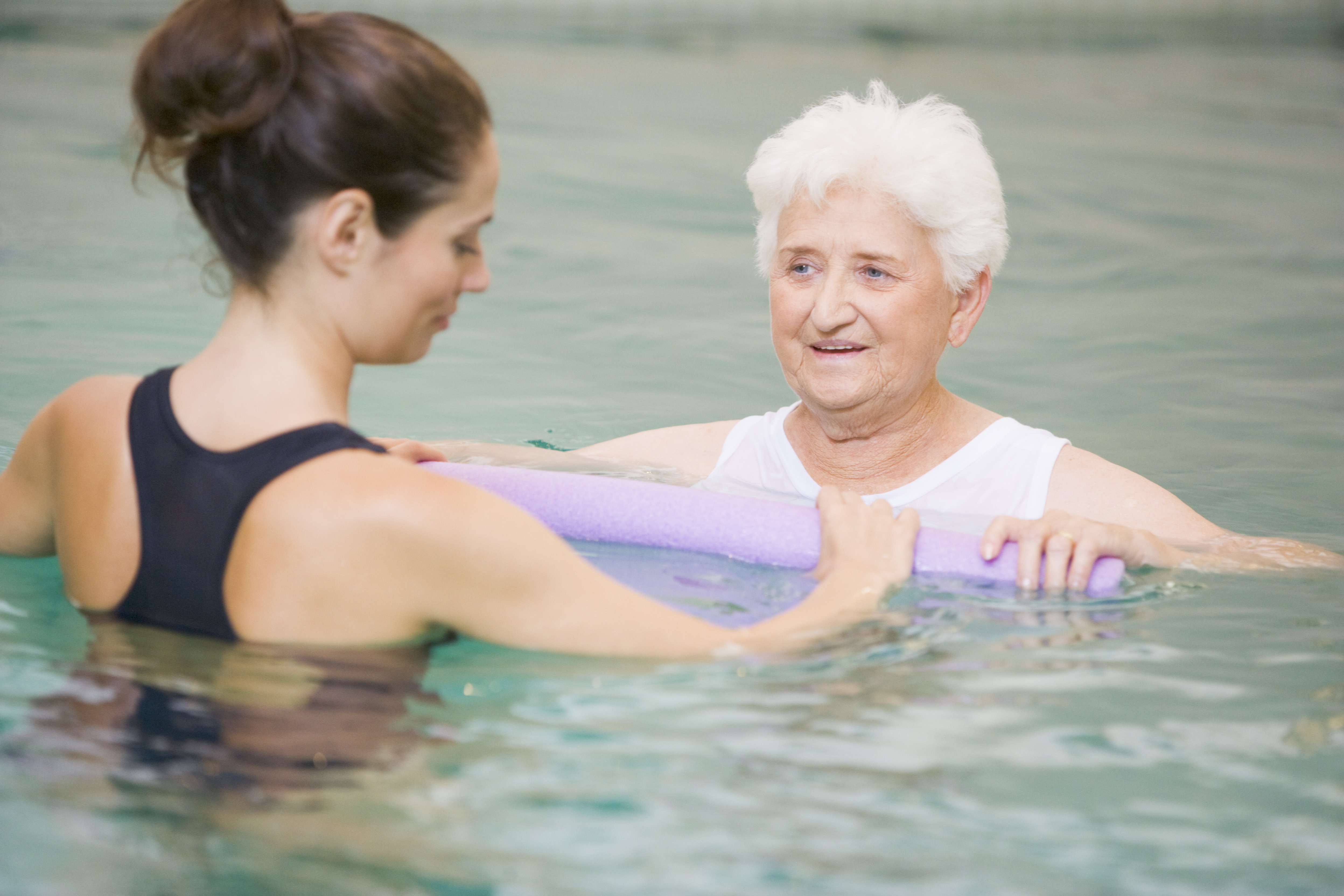
The pursuit of wellness is no longer defined by sporadic self-care Sundays or dusty gym memberships. It’s becoming something much deeper—an intentional lifestyle that prioritizes physical restoration, emotional clarity, and a renewed relationship with the body. As routines evolve and wellness expands beyond workouts and green smoothies, hydrotherapy has quietly risen from ancient ritual to modern necessity.
Water has always held the symbolic weight of renewal. But when strategically used through hydrotherapy, it becomes more than just a symbol. It becomes a method. A therapeutic force that soothes inflamed joints, resets overstimulated minds, and creates a space for stillness in an otherwise restless world. If you’ve ever felt the emotional lift from a warm bath or the energetic jolt from a cold plunge, you’ve already brushed up against the power of this practice.
The Ritual That Starts Before the Soak
Creating your hydrotherapy routine doesn’t begin with turning on the tap—it starts with intention. This is where hydrotherapy distinguishes itself from casual bathing. It’s not about cleansing the body—it’s about restoring it. What time of day will you dedicate to it? What mood are you looking to nurture—invigoration or decompression?
This level of mindfulness shifts a simple act into a wellness cornerstone. Setting the stage matters. Whether it’s preparing herbal tea to sip post-soak or cueing a playlist that mimics rainfall, everything around your hydrotherapy routine should echo your goal. The water is central, but the ritual is what frames the experience.
As you continue this practice, your body and mind begin to associate water with specific outcomes—relaxation, clarity, recovery. This pairing creates a feedback loop that strengthens each session’s impact, turning a personal soak into a transformative experience.
Temperature, Timing, and Tuning Into Your Body
Hydrotherapy isn’t one-size-fits-all. Like any effective wellness tool, it responds best when personalized. Warm water opens blood vessels, reduces stress hormone levels, and eases muscle tension. Cold water invigorates, tightens the skin, sharpens alertness, and triggers the release of mood-boosting endorphins. Alternating between the two—a method known as contrast hydrotherapy—can stimulate circulation, reduce inflammation, and heighten energy.
Your body becomes your best instructor. Maybe you begin with a warm shower in the morning to ease into the day, or a cold foot soak post-run to reduce swelling. Perhaps evenings become a time for deeper immersion, where hot water cradles your nervous system and prepares you for sleep.
It’s the consistency that makes the difference. Even five minutes of intentional hydrotherapy daily can shift your body’s internal rhythm and response to stress. It is a discipline that, ironically, demands stillness—not hustle.
The Sound of Water, the Silence of the Mind
One of the most overlooked aspects of hydrotherapy is its ability to create mental spaciousness. In a world saturated with noise, notifications, and overcommitment, the act of sitting quietly in water becomes not just restorative—but radical. It reclaims your attention and reorients it inward.
There’s a primal familiarity in the sound of water—one that cuts through distraction. You’re not asked to perform, produce, or impress. In water, you are weightless, grounded, and fully present. This meditative state doesn’t require candles or mantras—just the patience to sit with yourself.
Some build in breathing exercises, syncing inhales with the rhythm of jets or bubbles. Others let the silence speak. Either way, the result is the same: a nervous system that feels heard, a mind that feels rested, and a heart that feels lighter.
A Soak That Speaks of Elegance: Drawing from the charm of luxury hot tubs in Oregon
The setting of your hydrotherapy matters. While any clean tub or pool can offer benefit, the environment adds its own layer of influence. That’s why many wellness seekers draw inspiration from the sensory richness found in luxury hot tubs in Oregon. These tubs aren’t just designed for soaking—they’re crafted for experience.
From the texture of stone finishes to panoramic views of wooded backdrops, the aesthetics are intentionally aligned with nature and serenity. Translating this into your own wellness routine doesn’t mean investing in extravagant equipment—it means elevating the sensory palette of your hydrotherapy space.
Maybe it’s placing your tub near a window where you can catch the sunset. Maybe it’s using scented oils that echo forest walks or coastal mornings. It’s not about replication—it’s about resonance. Creating a space that feels personal and indulgent enough that you look forward to it, not as a task, but as a treat.
It also elevates your relationship with the practice. The presence of design, beauty, and thoughtfulness in your wellness space enhances the psychological effects of your session. When the space respects your time and your senses, so do you.

Movement Meets Stillness in Water
Hydrotherapy doesn’t require stillness to be effective. Water can also become the medium for gentle movement, stretching, and rehabilitation. Low-impact exercises done in warm water allow for mobility without pain, especially for those recovering from injury or dealing with chronic joint discomfort.
But even in movement, water enforces grace. You can’t rush in water. Every stretch is fluid. Every motion is cushioned. In this way, hydrotherapy becomes a playground for embodied mindfulness. You’re not just moving for the sake of fitness—you’re listening, adjusting, releasing.
And once again, it’s the environment that encourages this balance. The act of moving slowly in warm water is different from sweating through repetitions. It’s intentional. It’s nourishing. It’s holistic in the truest sense—body and mind moving in agreement, not opposition.
Beyond Detox: Rediscovering Your Baseline
So much of modern wellness is centered around escape—reset retreats, 30-day challenges, juice cleanses. But hydrotherapy isn’t about departure—it’s about return. A return to your baseline. To what it feels like to be centered, calm, and connected to yourself without stimulation or performance.
Your personal wellness routine should not require a plane ticket or a radical schedule overhaul. It should be something that fits naturally into your days, expanding when needed, contracting when necessary, but always available. Hydrotherapy offers this flexibility. It doesn’t ask you to leave your life—it offers you a way to live it more fully.
This isn’t detox. This is discovery. A warm soak after a stressful day. A cold rinse after a workout. A quiet float on a Sunday evening. These are not indulgences. They are rituals. Moments when you come back to yourself, in stillness, in flow, in water.
Conclusion: Healing Happens When You Listen to the Water
Creating your personal wellness routine with hydrotherapy is not about following a set of rigid rules or achieving perfection in self-care. It’s about tuning in. Tuning in to what your body needs today, this hour, this moment. Water is simply the medium that lets you listen better.
Whether inspired by the crafted tranquility of luxury hot tubs in Oregon or the timeless power of a cold spring plunge, hydrotherapy offers more than physical relief. It offers a relationship. A partnership with the element that has always known how to hold us, heal us, and remind us who we are when the noise fades.
Let your wellness routine be a return. Not to hustle. Not to goals. But to presence. Let it begin and end in water—where you are not expected to be anything other than whole, human, and held. And in that quiet, watch your wellness flourish. Not as a destination, but as a daily practice of remembering what balance feels like.